Citizenship United States Role Mechanical Engineer Name Henry Gantt | ||
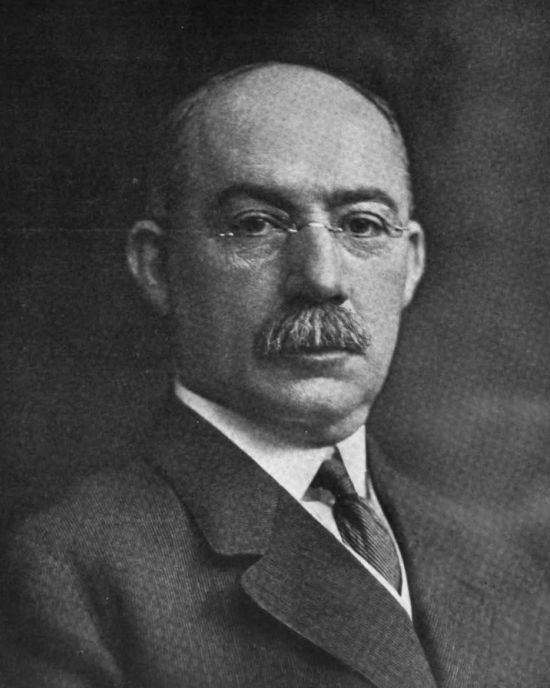 | ||
Alma mater Stevens Institute of TechnologyJohns Hopkins University Books Work, Wages, and Profits, Industrial Leadership, Organizing for Work by Henry Laurence Gantt Parents Virgil Gantt, Mary Jane Gantt Similar People Frederick Winslow Taylor, Lillian Moller Gilbreth, Henry Ford | ||
Henry gantt
Henry Laurence Gantt, A.B., M.E. (; May 20, 1861 – November 23, 1919) was an American mechanical engineer and management consultant who is best known for his work in the development of Scientific management. He created the Gantt chart in the 1910s.
Contents
- Henry gantt
- Early life education and family
- Career
- Work
- Gantt charts
- Work Wages and Profits 1916
- Organizing for Work 1919
- Henry Gantt and Karol Adamiecki
- Publications
- References
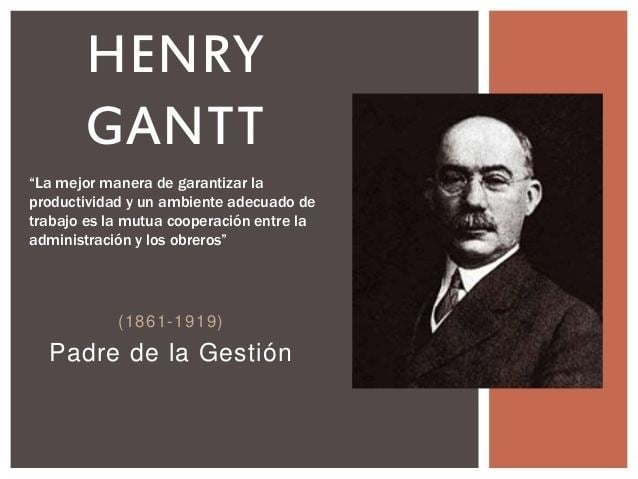
Gantt charts were employed on major infrastructure projects including the Hoover Dam and Interstate highway system and continue to be an important tool in project management and program management.
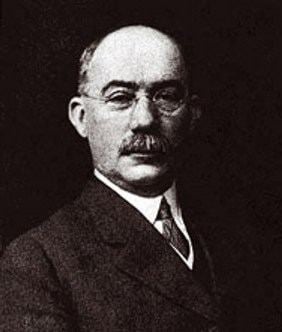
Early life, education and family
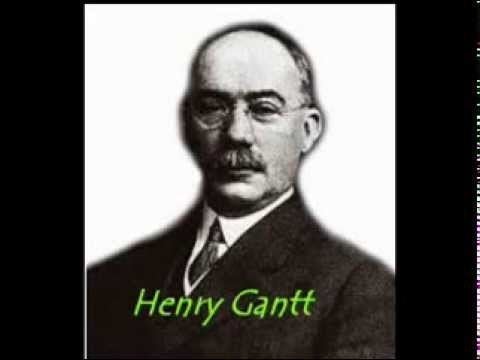
Gantt was born to a slave-owning plantation family in Calvert County, Maryland at the outbreak of the American Civil War. When the war ended the family lost their slaves and land, and moved to Baltimore.

He graduated from McDonogh School in 1878 and from Johns Hopkins University in 1880, then returned to the McDonogh School to teach for three years. He subsequently received a Masters of Engineering degree in mechanical engineering from the Stevens Institute of Technology in New Jersey. Henry Gantt was married to Mary E. Snow of Fitchburg, Massachusetts on 29 Nov 1899.
Career
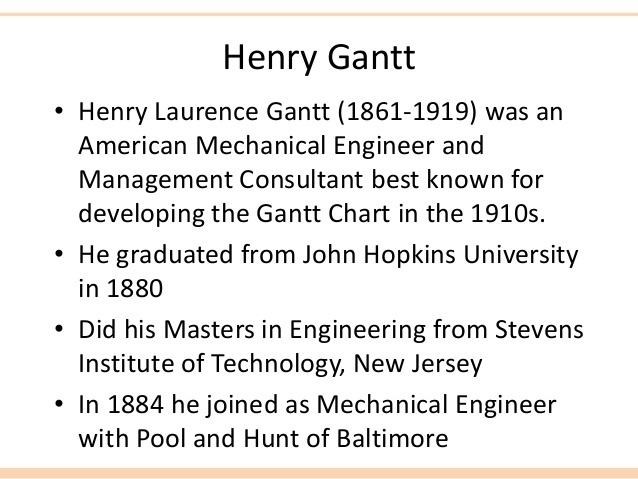
In 1884 Gantt began working as a draughtsman at the iron foundry and machine-shop Poole & Hunt in Baltimore. In 1887 he joined Frederick W. Taylor in applying scientific management principles to the work at Midvale Steel and Bethlehem Steel, working there with Taylor until 1893. In his later career as a management consultant and following the invention of the Gantt chart, he designed the 'task and bonus' system of wage payment and additional measurement methods worker efficiency and productivity.
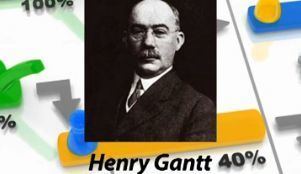
In 1916, influenced by Thorsten Veblen he set up the New Machine, an association which sought to apply the criteria of industrial efficiency to the political process. With the Marxist Walter Polakov he led a breakaway from the 1916 ASME conference to call for socialising industrial production under the control of managers incorporating Polakov's analysis of inefficiency in the industrial context.
Henry Gantt is listed under Stevens Institute of Technology alumni. The American Society of Mechanical Engineers (ASME) published his biography in 1934 and awards an annual medal in honor of Henry Laurence Gantt.
Work
Henry Gantt's legacy to project management is the following:
Gantt charts
Gantt created many different types of charts. He designed his charts so that foremen or other supervisors could quickly know whether production was on schedule, ahead of schedule, or behind schedule. Modern project management software includes this critical function.
Gantt (1903) describes two types of balances:
Gantt gives an example with orders that will require many days to complete. The daily balance has rows for each day and columns for each part or each operation. At the top of each column is the amount needed. The amount entered in the appropriate cell is the number of parts done each day and the cumulative total for that part. Heavy horizontal lines indicate the starting date and the date that the order should be done. According to Gantt, the graphical daily balance is "a method of scheduling and recording work". In this 1903 article, Gantt also describes the use of:
Work, Wages, and Profits, 1916
In his 1916 book "Work, Wages, and Profits" Gantt explicitly discusses scheduling, especially in the job shop environment. He proposes giving to the foreman each day an "order of work" that is an ordered list of jobs to be done that day. Moreover, he discusses the need to coordinate activities to avoid "interferences". However, he also warns that the most elegant schedules created by planning offices are useless if they are ignored, a situation that he observed.
Organizing for Work, 1919
In his 1919 book "Organizing for Work" Gantt gives two principles for his charts:
Gantt shows a progress chart that indicates for each month of the year, using a thin horizontal line, the number of items produced during that month. In addition, a thick horizontal line indicates the number of items produced during the year. Each row in the chart corresponds to an order for parts from a specific contractor, and each row indicates the starting month and ending month of the deliveries. It is the closest thing to the Gantt charts typically used today in scheduling systems, though it is at a higher level than machine scheduling.
Gantt’s machine record chart and man record chart are quite similar, though they show both the actual working time for each day and the cumulative working time for a week. Each row of the chart corresponds to an individual machine or operator. These charts do not indicate which tasks were to be done, however.
Henry Gantt and Karol Adamiecki
A novel method of displaying interdependencies of processes to increase visibility of production schedules was invented in 1896 by Karol Adamiecki, which was similar to the one defined by Gantt in 1903. However, Adamiecki did not publish his works in a language popular in the West; hence Gantt was able to popularize a similar method, which he developed around the years 1910–1915, and the solution became attributed to Gantt. With minor modifications, what originated as the Adamiecki's chart is now more commonly referred to as the Gantt Chart.
Publications
Gantt published several articles and books. A selection:
